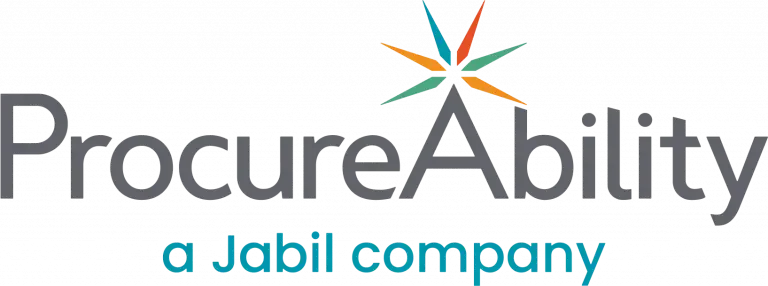
Supplier diversity is a critical component of a modern procurement strategy. Beyond corporate values, it supports business resilience, drives innovation, and enhances access to emerging markets. As expectations around social responsibility grow, organizations are expected not only to talk about diversity but to integrate it meaningfully into their operations, including the supply chain.
A supplier diversity program expands procurement opportunities for businesses owned by socially or economically disadvantaged groups, including minority-, women-, veteran-, and LGBTQ+-owned businesses. While the benefits are clear, increasing diverse spend can be challenging, especially when balancing supplier consolidation, cost management, and internal procurement policies.
To build a sustainable and impactful supplier diversity program, procurement teams should follow a strategic, cross-functional approach:
Gain Internal Alignment and Stakeholder Commitment
One of the most common challenges is fragmented ownership of supplier diversity. Often, corporate social responsibility or DEI teams lead the effort, while procurement lacks direct accountability. To embed supplier diversity into procurement operations, start by aligning with internal stakeholders across sourcing, finance, and category management. Make the business case clear: supplier diversity supports compliance, strengthens supply chain agility, and fosters competition.
Incentivize progress by incorporating diverse spend metrics into balanced scorecards and reporting to executive leadership. Designate supplier diversity champions within each major procurement category to ensure accountability and engagement at every level.
Customize Your Strategy by Procurement Category
A one-size-fits-all approach doesn’t work across procurement categories. It may be easier to identify qualified diverse suppliers in marketing or facilities management than in highly specialized categories like advanced manufacturing or enterprise technology. Procurement teams should assess which categories present the greatest opportunity or gaps.
Engage with peers in industry groups like the Billion Dollar Roundtable to benchmark approaches, and explore creative sourcing models. For example, consider tiered supplier relationships, where diverse businesses subcontract under prime vendors, or use diverse suppliers as aggregators. Tailoring strategies by category increases adoption and impact.
Actively Communicate Supplier Opportunities
Many small or diverse-owned businesses may not be certified or aware of how to register as a potential supplier. Procurement teams should clearly communicate supplier diversity expectations through supplier portals and outreach efforts. Every RFP should include a standard question about supplier diversity status and encourage certification.
By proactively engaging suppliers and removing barriers to participation, companies can expand their pipeline of qualified vendors and increase competitiveness in sourcing events.
Collaborate With Certification Agencies
Third-party certification bodies, such as NMSDC, WBENC, or NGLCC, can be valuable partners in your supplier diversity strategy. These organizations not only verify diverse status but also offer access to databases of vetted suppliers. Keep them informed of upcoming sourcing opportunities, and they can help identify strong candidates.
Procurement leaders can also deepen relationships by serving on advisory boards or attending supplier diversity matchmaking events, gaining firsthand insight into supplier capabilities and needs.
Invest in Supplier Development and Mentorship
Long-term success in supplier diversity depends on supplier development. Once diverse suppliers are engaged in the sourcing process, procurement should support their growth. Offer feedback to unsuccessful bidders, host capability-building sessions, and provide resources on how to do business with your company.
Mentorship programs, led by internal procurement or business leaders, can accelerate supplier maturity and readiness. Executive training scholarships or capacity-building partnerships can further enable diverse suppliers to scale and compete more effectively.
Building an Inclusive and Competitive Supply Chain
Supplier diversity is an essential pillar of strategic sourcing and supply chain resilience. When procurement teams align internal stakeholders, tailor their strategies by category, and invest in supplier development, they unlock broader business value.
A strong supplier diversity program drives innovation, increases supplier competition, and enhances reputation with employees, customers, and regulators. As procurement evolves to meet broader ESG and compliance goals, embedding supplier diversity into core sourcing strategies positions organizations for sustainable, inclusive growth.



